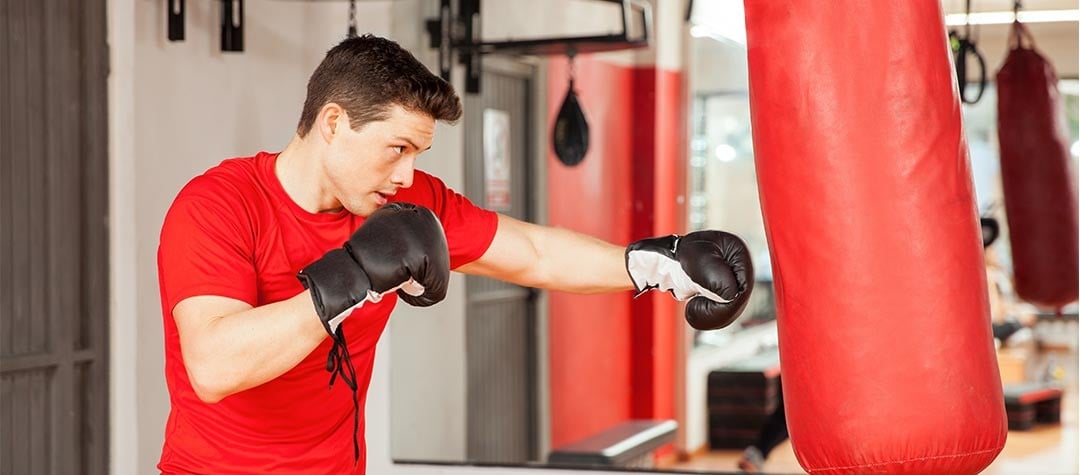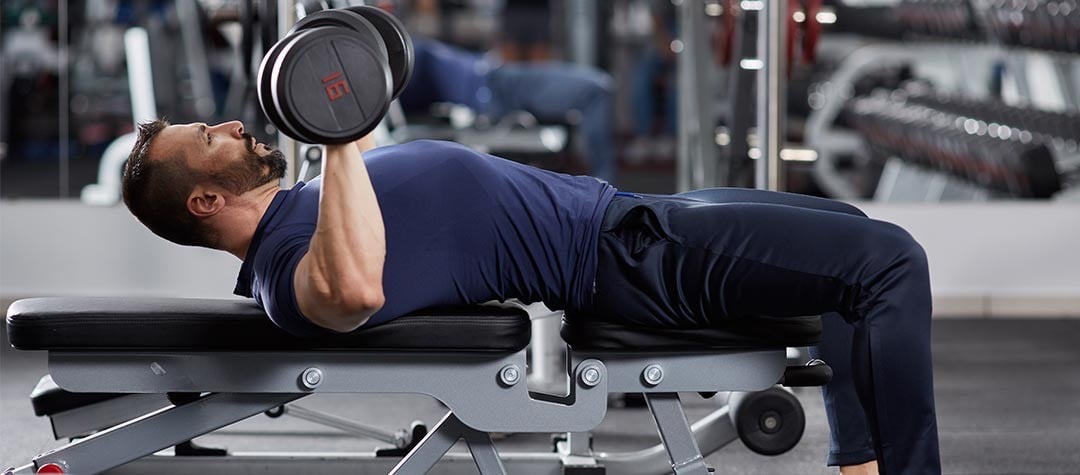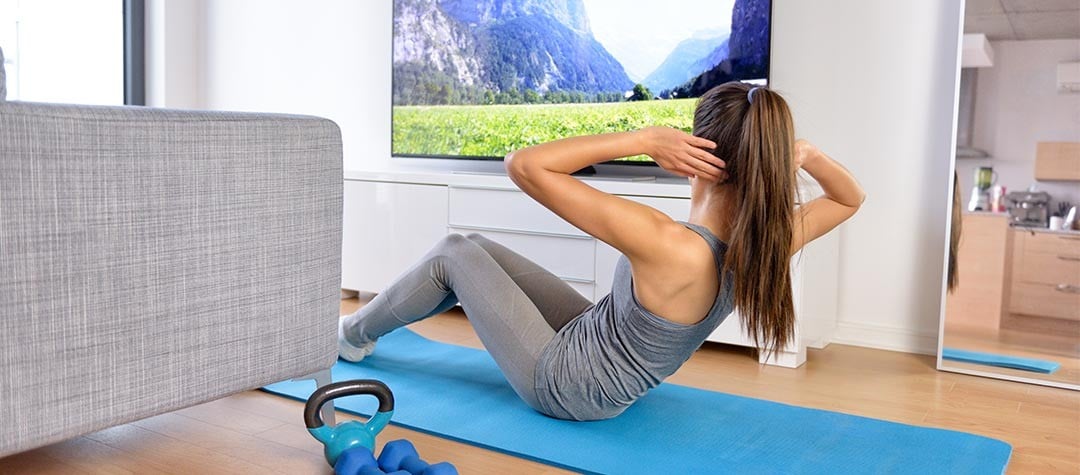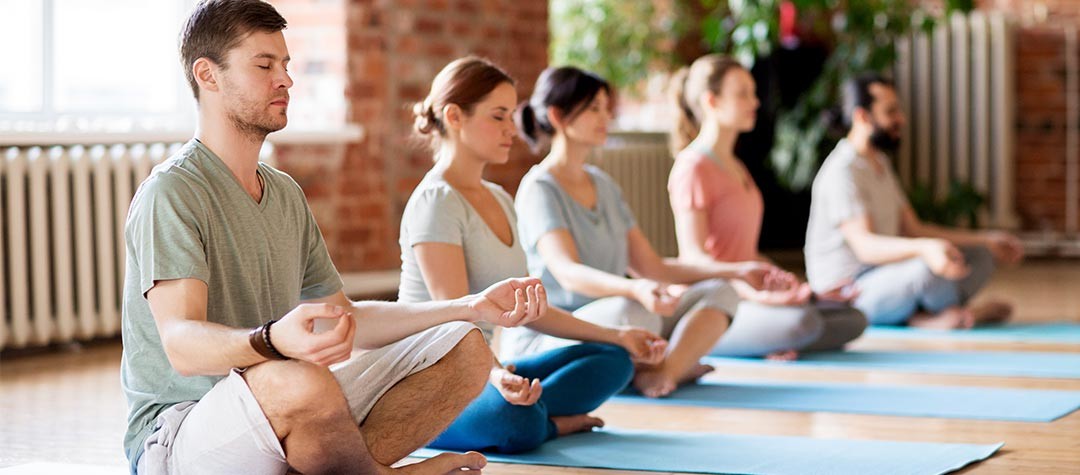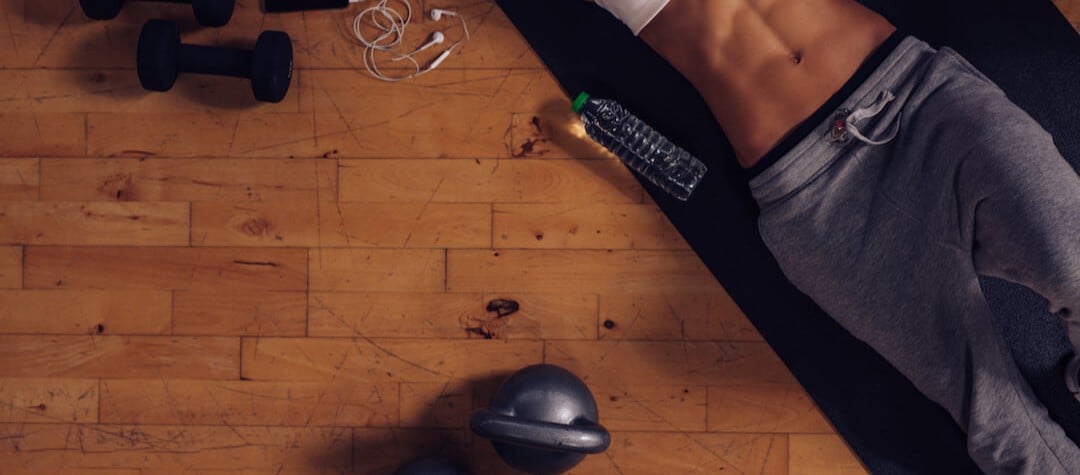Scientific research has proven that those people who exercise and workout regularly are more likely to feel self-confident than those who are largely inactive. Here's our guide on how to exercise your body into shape and boost your confidence at the same time.
You may not be surprised to learn that people who are regular exercisers generally have a better body image, and more body confidence, than those who don’t. After all, there wouldn't be much point in exercising if it didn't help us to trim away those excess inches. However research shows that this isn’t the only factor involved – and that there is something about activity itself that helps people feel good about themselves.
1. Sizing up
One of the ways in which body image is assessed is by size perception accuracy. Testing this involves asking people to accurately judge their body size using tools such as distorting mirrors, computer-generated images or silhouettes. Research across a number of sports has found that active participants are able to do this significantly better than non-active people (in one study, non-active women overestimated their body size by 25% on average, whereas non-active men overestimated by 14%).
Researchers speculate that this is because sedentary people are less ‘in touch’ with their bodies. The other component of body image assessment is ‘body satisfaction’ – which is a subjective judgment of how happy you are with your body. Athletes are better off in this case too, as they have been found to display a greater level of contentment with their bodies than non-active people.
2. Building self-esteem
Muscle definition and love handles aside, why should active people be happier in their skins? Well, body image is a strong component of self-esteem – and taking part in an activity that you enjoy, and that you gain a sense of accomplishment from, will help to build your self-esteem by improving your body image.
In one study, more than 90% of female runners rated their self-esteem as being high. Sport psychologists have coined the term ‘mastery’ to describe the surge of confidence and satisfaction we gain from doing an activity well – and they believe that this contributes towards the exercise high that was once put down purely to an endorphin rush.
3. Beyond the mirror
Running, jumping, dancing, stretching and bending will help you to appreciate the many capabilities of your body. It’s not just a clothes hanger to be preened and pummeled into shape – it’s an amazing machine. This realisation will help you to judge your body not just on what you see in the mirror, but on what your body can do as well.
4. Food as fuel
Regular activity demands healthy nutrition . Athletes know that far from being an enemy lurking in the fridge, food is essential to performance and recovery. So, rather than trying to starve yourself into shape, you will learn through being active that your body needs good fuel to enable it to perform. Out go the crash diets and unhealthy binges, and in comes a nutrient-rich, balanced diet.
5. The joy of movement
So, being a healthy, active person seems to help build a fitter body image. But beware of seeing physical activity as simply another way of manipulating your body into how it ‘should’ be. In one research project, athletes who were asked to choose from a list of words relating to their motivation to train selected ‘enjoyment’ above everything. Not one subject ticked ‘weight control’ or ‘to look more attractive’.
If you do feel negative about your body, you may want to consider confining your workouts to mirror-free environments. A report in the journal Health Psychology found that body image concern worsened after a 20-minute bout of exercise in front a mirror – so make sure you work out in a non-mirrored room!
Wherever or however you do it, the best way to work out for better body image is to make exercise an end in itself, rather than a means to control. That may seem difficult now, but if you try to focus on the joy of movement and the satisfaction of noticing how your body responds to activity, rather than how many calories you burned or inches you’ve lost, then you’ll soon be whipping your body image into better shape.











